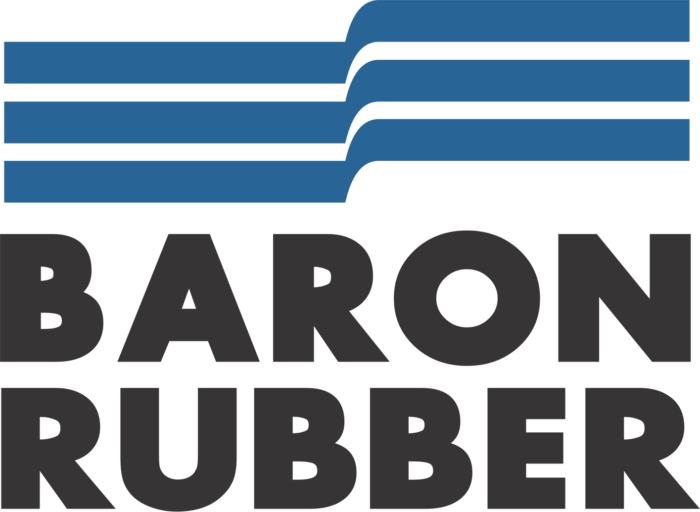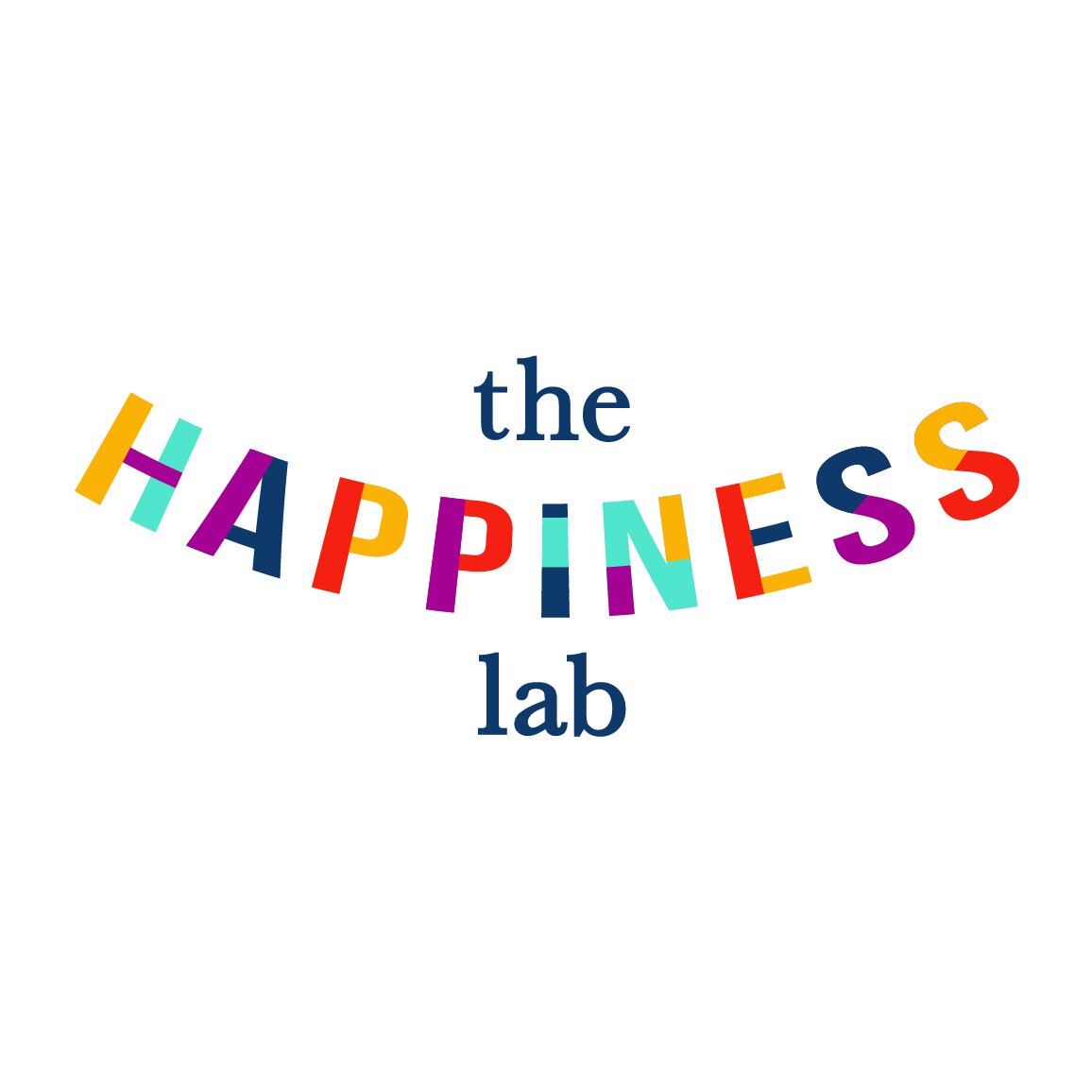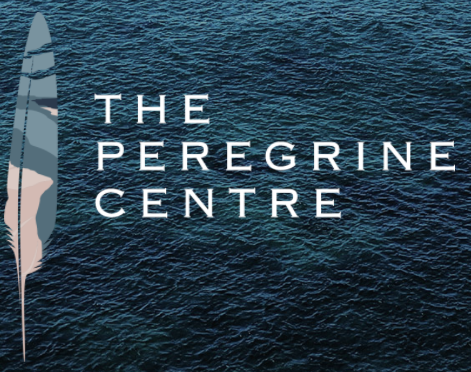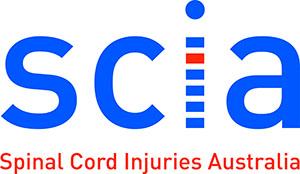Found in any kitchen, ceramics can be easily underestimated.
Common household ceramics are brittle and earthen but pottery like this has been used across continents and cultures for 20,000 years. In space, thanks to their ability to withstand extremely high temperatures, ceramic tiles are used to shield space shuttles on re-entry. There are ceramics in our pockets too, in the silicon chips in our smartphones.
Since his PhD in chemical engineering in the late 1980s, Associate Professor Konstantin Konstantinov has been looking at ceramic materials differently – on the nanoscale.
Down at the nanoscale, things are not always what they seem. Materials behave differently when reduced to particles a touch bigger than an atom and a thousand times smaller than a lone bacterium. They might be more reactive, conduct electricity differently or react with light in unusual ways. Better yet, these properties can be fine-tuned by controlling precisely how the nanoparticles are made.
“Normally, ceramics are very stable materials and the last place you think to apply them is to human health,” Konstantinov says. “But as nanoceramics, they have very unusual and interesting properties.”
What started as a question out of curiosity to a colleague has spawned a decade of work for Konstantinov and his collaborators with a multitude of student-led projects: using nanoceramic particles to improve the UV protection of sunscreens, to slow neurodegeneration, and to sensitise cancer cells to radiation treatments.
These are ceramics, but not as we know them.
 When reduced to particles a touch bigger than an atom and a thousand times smaller than a lone bacterium, nanoceramics behave much differently. Photo: Paul Jones
When reduced to particles a touch bigger than an atom and a thousand times smaller than a lone bacterium, nanoceramics behave much differently. Photo: Paul Jones
Keeping the balance
Nanoceramics can be used across a range of different health problems because they mediate oxidative stress, a process that has been identified in cardiovascular disease, inflammatory conditions like arthritis and age-related diseases of the brain.
When our bodies and our brains are working hard, our cells are consuming oxygen and shuttling electrons to and fro in a cascade of reactions to generate energy. But with the good comes the bad, and unbalanced reactive oxygen species, or free radicals, are the by-products of normal cellular combustion. Too many free radicals and our cells become stressed, their DNA damaged; but we have natural defences to keep things in check.
Directing nanoceramics towards oxidative stress pathways, whether it be to help or hinder the effect, depends on the application.
Tipping the scale on cancer
Cancer is a rogue beast and treatment plans are multifaceted to tackle the disease on different fronts. Surgery, chemotherapy and radiation therapy are often used in combination – with many routine scans along the way.
Working in the field of theranostics – a new term coined for drugs or methods that are used for simultaneous diagnosis and treatment – Konstantinov and PhD student Kathrin Bogusz have designed nanoceramic particles to target brain cancer that have a therapeutic effect and diagnostic value.
A heavy ceramic core of bismuth oxide can serve as a contrast agent for computer tomography (CT) imaging, to which a known chemotherapeutic drug can be added as a coating. But this ceramic has a few more tricks up its sleeve thanks to its intrinsic properties.
“The idea was not to use all sorts of different materials, because they can be complicated to synthesise, but to keep it simple,” Kathrin says.
The tiny nanoceramic particles can storm fast-growing cancer cells whose thirst for nutrients makes them a target. Once inside the cancer cell, the particles get to work. The lack of oxygen prompts bismuth-based particles to behave as free radical generators, producing reactive species that quickly become toxic and lead to cell death.
Testing her nanoparticles in the lab, Kathrin found that there was a huge number of reactive oxygen species in cancer cells treated with nanoceramics but not so in normal cells. “The nanoparticles have selective toxicity towards gliosarcoma brain cancer cells,” she says.
Nanoceramic particles can also enhance the effects of radiation, which is commonly used to treat brain cancer. Konstantinov and Bogusz are collaborating with Dr Moeava Tehei and Professor Michael Lerch at UOW’s Centre for Medical Radiation Physics (CMRP), where other PhD students are investigating this further.
If cancer cells are treated with nanoceramic particles and hit with a dose of radiation, the cancer becomes more sensitive to radiation. “Locally, ceramics like bismuth oxide produce more damage,” Kathrin says, “so you can reduce the overall dose of radiation and keep the surrounding healthy cells alive.”
 Dr Moeava Tehei, left, with Master of Science student Lee Taylor and PhD student Kathrin Bogusz. Photo: Paul Jones
Dr Moeava Tehei, left, with Master of Science student Lee Taylor and PhD student Kathrin Bogusz. Photo: Paul Jones
Putting the brakes on neurodegeneration
When it comes to protecting healthy cells, the less oxidative stress the better.
Our cells have in-built defences to mop up reactive oxygen species but over time, with age, the resistance can falter. Oxidative stress has been identified as a driver of neurodegeneration in Alzheimer’s, Parkinson’s and motor neurone disease so it is thought that targeting oxidative stress may slow the progression of these diseases.
Neurons, the spindly cells that fire messages across our brain and body, are particularly sensitive to damaging free radicals. Here, nanoceramics are designed to keep a lid on oxidative stress by acting as free radical scavengers.
“When they are tiny, it’s the surface of nanoceramic particles that dominates their chemical properties,” says Konstantinov. As the size of nanoceramics decreases, more pores – known as defects – become available at their surface to capture and neutralise reactive oxygen species. The tiny particles have a high chemical activity, working quickly to limit oxidative stress and this could give affected neurons more time to breathe.
Preliminary collaborations with neuroscientist Dr Lezanne Ooi at the Illawarra Health and Medical Research Institute (IHMRI) have indeed shown that yttrium oxide, another ceramic, behaves as a free radical scavenger in neurons grown in the lab. The particles are able to prevent damage done by hydrogen peroxide, a common source of reactive oxygen species in the body.
 The tiny particles of nanoceramics have a high chemical activity, working quickly to limit oxidative stress. This could give damaged neurons more time to breathe. Photo: Paul Jones
The tiny particles of nanoceramics have a high chemical activity, working quickly to limit oxidative stress. This could give damaged neurons more time to breathe. Photo: Paul Jones
Taking the burn out of sunscreens
Dean Cardillo is another PhD student supervised by Professor Konstantinov at the Institute of Superconducting and Electronic Materials (ISEM). His ceramic of choice is cerium dioxide, which he is applying to sunscreens.
It goes back to an interesting study in 2008 by chemist Dr Phil Barker who found that the paint on steel rooftops was degrading much faster than expected. “They figured out it was the sunscreen from contractors who were handling the steel panels. This really wear-resistant coating was being degraded by the photocatalytic nanoparticles in sunscreens,” Dean says.
Current sunscreens may contain nanoparticles of titanium or zinc to block UV rays from the sun to protect us from sunburn and skin cancer. Blocking UV radiation means absorbing a lot of energy that has to be released again. Barker found that in doing their job, absorbing UV radiation, these compounds also produce free radicals, an unforeseen photocatalytic effect that was stripping paint – and which is a danger to skin cells.
Other sunscreens use oxybenzone, but this chemical has been found to be harmful to coral reefs so there’s much room for improvement.
“Cerium dioxide has these great optical properties, which means it could replace the nanoparticles in current sunscreens [to block UV], but it’s also a free radical scavenger,” Dean says, describing the dual-action of his nanoceramic. Absorbing and resorbing oxygen species within its crystal structure, cerium dioxide can soak up free radicals, taking them out of play.
This promising research is set to continue, supported by recent funding from the Global Challenges Program and with ongoing collaborations across the materials sciences, medicine and business faculties. The team also wants to improve the Sun Protection Factor (SPF) rating for sunscreens to account for the whole spectrum of UV radiation and its effects.
Reflecting on his successful collaborations, Konstantinov chooses this analogy: “If you look at a cube in two dimensions, you see only a square. Add another dimension, now you’re in 3D, and you can see that it’s a cube. Multidisciplinary research is exactly that – adding more dimensions to what you know. When you combine people with different expertise, you really start to see the whole picture.”

































































































